The 1970s arguably represented the culmination one of the most inventive eras of French and Italian design. This was the decade that saw the liberation of design that ignored older rules. The unorthodox space age and new designs loosened the stiff conventions of mid-century modernism and gave birth to a new glamour. And these iconic designers left a legacy of designs that are very much in demand today, and are highly collectable, with their stable value ensuring that they would be considered good investments
PIERRE PAULIN, whose ’Mushroom’, ’Orange Slice’, ’Tongue’ and ’Ribbon’ chairs have become part of the contemporary furniture canon, are a prime example of this new trend.
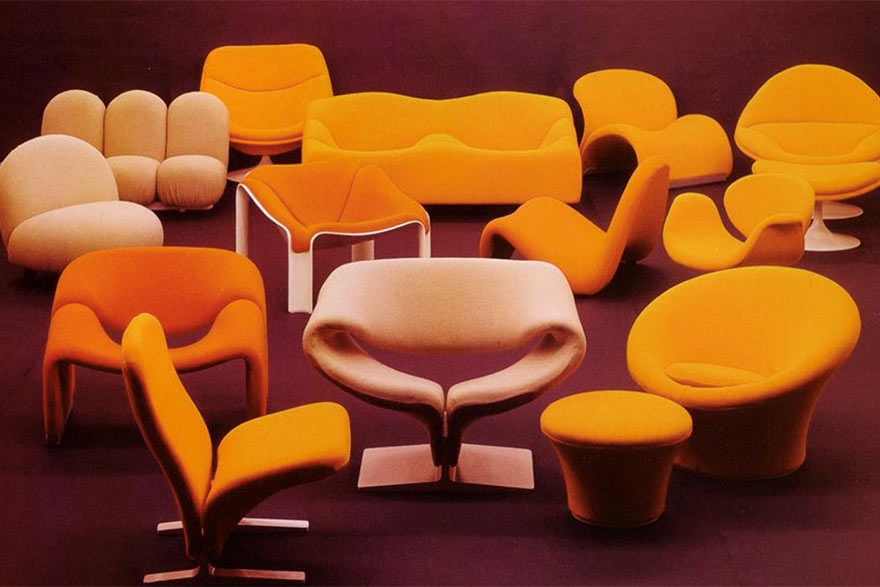
The freshness and contemporary nature of Paulin’s designs likely encouraged his collaboration with the Mobilier National, the French government agency overseeing the country’s national furniture collection.
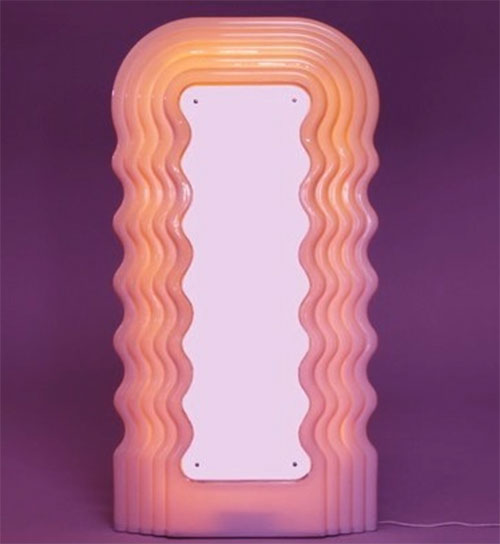
This in turn prompted President Georges Pompidou and his wife to enlist Paulin’s services in remodelling their private apartment of the Élysée Palace. And these designs possibly resisted ageing because they are so comfortable – he created seating that makes you feel good.
There were mythical creatures who haunted the design imagination of the 1960s and ‘70s. And it is partly due to her stature and beauty that GABRIELA CRESPI stands out among the designers of the time.
Crespi’s early objects were commissioned by fashion giant Dior for their gifts department, while her pieces have been appreciated and owned by public figures including Saudi King Faisal, Iranian Shah Reza Pahlavi, Grace Kelly,George Livanos, Thomas Hoving, Audrey Hepburn, Gunter Sachs et al.
They remain highly collectable to this day. In the period between 1972 and 1975, she designed the “Quick Change Sofa”, the “Z” line (“Z Bar,” “Z Desk” ) and the “Rising Sun” bamboo collection, one of the pioneering materials that was much loved by Crespi. Her famous “Fungo” lamps (1973) are also part of this collection.
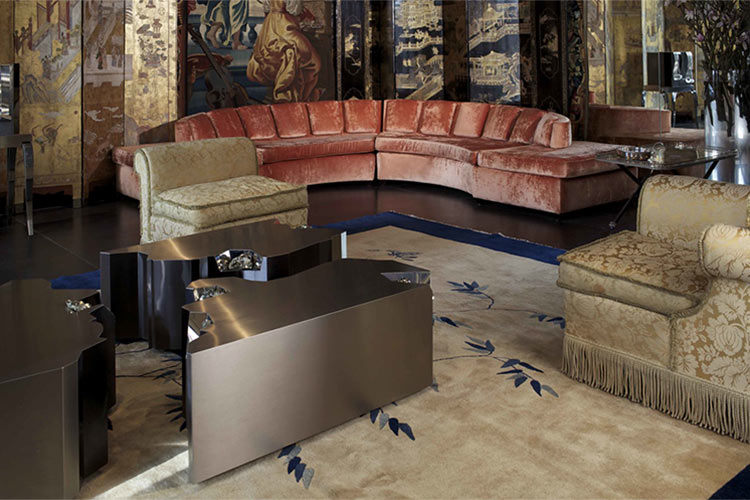
WILLY RIZZO was uniquely placed as a designer for the Dolce Vita, given that he was himself a part of the world for which he was designing. Salvador Dalí commissioned a number of his pieces, as did Brigitte Bardot for the interior of La Madrague villa in Saint-Tropez.
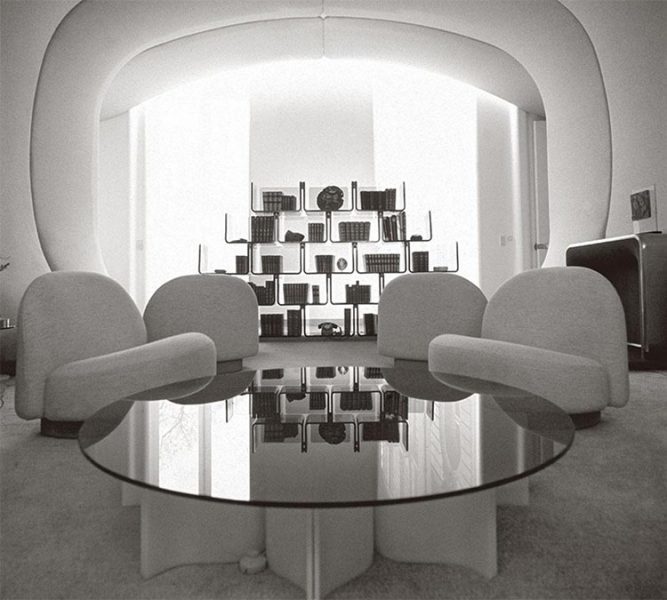
Willy’s work was in constant demand by 1968, which led to him setting up his own firm and establishing a factory in Tivoli, just outside Rome. Rizzo designed and produced more than thirty items of furniture over the following ten years, including his famous steel-banded ‘travertine’ dining tables and bronze table lamps, all of which were handmade. He opened boutiques across France and Europe and had outlets in New York, Miami and Los Angeles. However, in 1978, Rizzo gave it all up to return to his first love, photography. His Elliptical marble table is today exhibited in New York’s MoMA.
ETTORE SOTTSASS wan an architect and designer who was dubbed “the Godfather of Italian design”. With products fashioned from slick, vacuum-moulded plastic and cast fibreglass, part of the brand’s mission was to bring into the home novel industrial materials, which had already revolutionised nautical and automotive design. The radical range was produced in very limited editions, with one exception: the neon-lit pink mirror called Ultrafragola, or “the ultimate strawberry.”
With its image widely circulated on social media today, this mirror remains highly collectable. It celebrated femininity – the curves of a woman’s body and waves of her hair – and women worldwide have embraced this mirror, which is still made using the original 1970 mould.
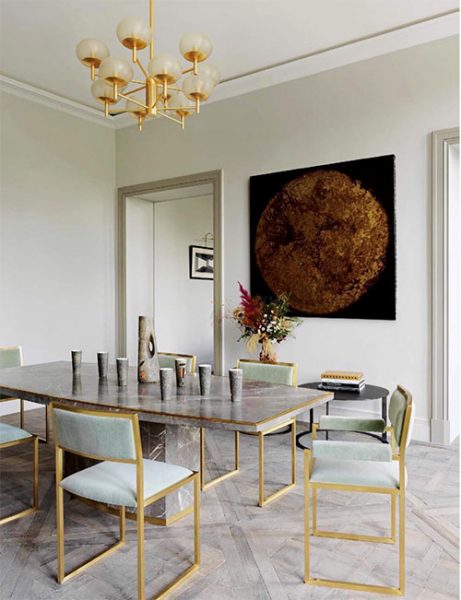
MARIA PERGAY is best known for her unique use of stainless steel to produce tables, belt buckles, decorative artefacts, chairs and daybeds. Pergay’s pieces often feature organic shapes, such as waves, rings and shells. She has continued creating for her own pleasure over the years, exhibiting and selling to clients as she quietly gains impressive private commissions for names that have included the likes of Givenchy, the Shah of Iran, Pierre Cardin, Fendi, Christian Dior, Jacques Heim and Salvador Dalí.
Her works can today be found in the permanent collection of New York’s Metropolitan Museum of Art, as well as in private collections around the world. Pergay, who never belonged to a distinct design movement, is a mother of four who has no formal training in furniture design or any external financial support.
Instead of following trends, she has consistently drawn inspiration from antiquity, Japanese art and the innate nature of the materials with which she works. While this individual approach may have led to many of her pieces not receiving recognition until years after they were created, it also ensured that her work has stood the test of time.